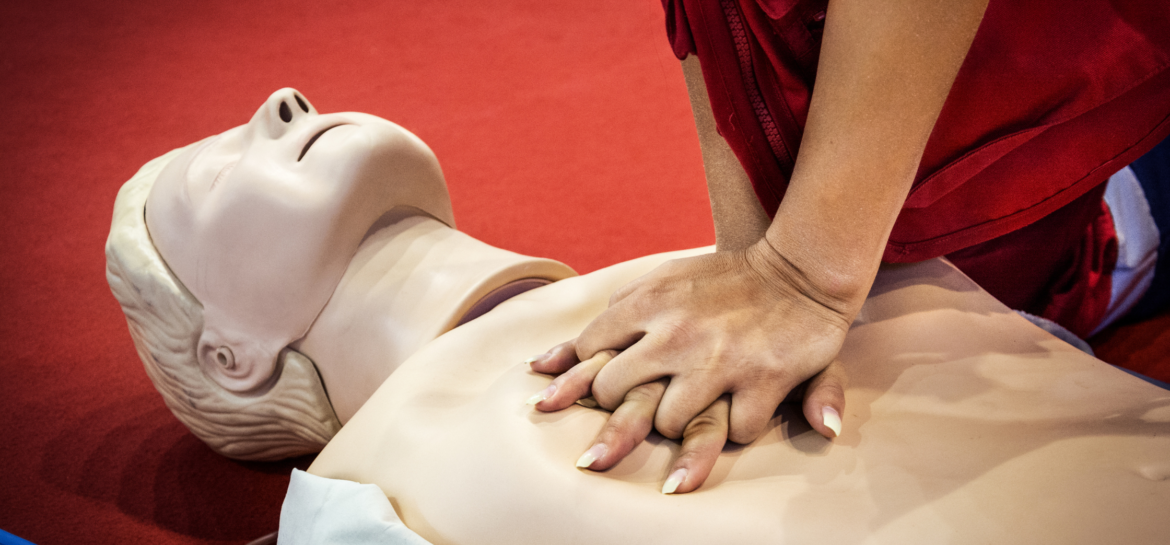CPR Training: Ah, Ah, Ah, Ah Staying Alive

Wait, What? Statistics reveal a staggering truth about the state of CPR (Cardiopulmonary Resuscitation) training in the United States – less than 20% of Americans have received CPR training. Emergencies can strike anywhere, anytime; therefore, the importance of widespread CPR education cannot be overstated.
The Link Between Bystander CPR Rates and Training: Bystander CPR rates are intricately tied to the level of CPR training within a community. The simple reality is, if you are trained in CPR, you are more likely to step in and provide assistance when witnessing someone in need. This connection between training and action is pivotal in emergency situations.
Impact on Survival Rates: Currently, bystander CPR is administered in only about 39% of out-of-hospital cardiac arrest cases. However, the significance of immediate bystander CPR cannot be emphasized enough – it has the potential to double or even triple the chances of survival for cardiac arrest victims. This underscores the critical role that public education and training play in improving overall survival rates.
Real-Life Testimonials: Do people really come back after CPR? The answer is a resounding yes. Dr. Mark Beaty is a living testament to the effectiveness of CPR. His story serves as a powerful reminder that CPR can save a life and return a person that would die without CPR back to their family, their work, their friends, their life.
Mastering the Basics: In the event of someone collapsing without a pulse and not breathing, swift action is paramount. The steps are clear: have someone call 911, initiate chest compressions, and, if available, use an AED (Automated External Defibrillator) for defibrillation. The defibrillator guides you through the process, ensuring that compressions are firm enough. Remember to use your entire body weight, pushing hard at a rate of 100 to 120 compressions per minute.
The Rhythm of Life-Saving: To aid in remembering the necessary compression rhythm, the American Heart Association recommends syncing your efforts with the beat of the song “Stayin’ Alive” by the Bee Gees. Allow the chest to spring back after each compression for effective CPR.
Accessibility of CPR Training: Gone are the days when CPR training required a traditional classroom setting. Now, you can conveniently learn CPR through online platforms, some of which offer free courses. Websites like First Aid for Free and National CPR Foundation provide accessible training. For those preferring hands-on experience, affordable classes are available through reputable organizations such as the American Red Cross and the American Heart Association, with local community classes offered widely.
Act Now: In a world where seconds count, being armed with the knowledge of CPR can make the difference between life and death. The opportunity for anyone to learn this vital skill is now more accessible than ever. By raising awareness about the importance of CPR training, we can collectively contribute to a society where more individuals are ready and willing to save a life.